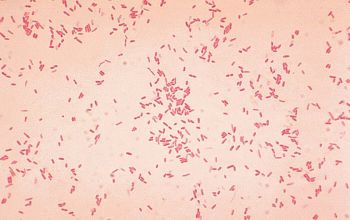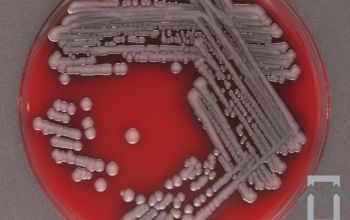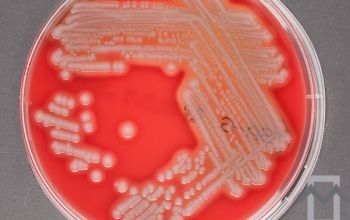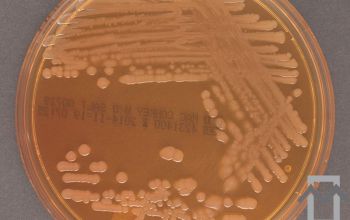Aeromonas veronii bv. sobria
-
General information
The significance of the recovery of Aeromonas from stool specimens should be interpreted cautiously and must rely on both laboratory information and clinical interpretation.
Taxonomy
Family: Aeromonadaceae
Natural habitats
Aeromonas are inhabitants of aquatic ecosystems worldwide.
They don’t like saltwater.
They are also found in a wide variety of fresh produced meat (beef, poultry and pork), and dairy products (raw milk and ice cream)
And found in the gut of medical leeches and in the mouth of snakes
Clinical significance
Clinical strains formely referred to as A. sobria are in fact, A. veronii bv sobria.
This is especially important because of A. veronii bv. sobria's association with more severe, extraintestinal infections, such as septicemia and meningitis.
They are capable of causing gastroenteritis and wound infections in humans, especially those individuals with liver disease.
Aeromonas gastroenteritis ranges from an acute watery diarrhea (most common form) to dysenteric illness or chronic illness.
Stools from acute watery diarrhea are loose and erythrocytes and fecal leukocytes are absent.
Symptoms
Abdominal pain, fever, vomiting, and nausea.
Infections are usually self-limiting, but children may require hospitalization due to dehydration.
Aeromonads can also be isolated, on other sites, although blood and wounds are the most common sources
-
Gram stain
Gram negative straight rod with rounded ends,
0.3-1.0 x 1.0-3.5 µm,
they occur single or in pairs, rarely in short chains.
-
Culture characteristics
-
Facultative anaerobic
(oxidase positive fermenter)
BA: colonies are smooth, circular, convex, translucent, 1-3 mm in diameter, and β-hemolytic.
McConkey: growth
BBAØ: growth
-
-
Characteristics
-
References
James Versalovic et al.(2011) Manual of Clinical Microbiology 10th Edition
Karen C. Carrol et al (2019) Manual of Clinical Microbiology, 12th Edition




